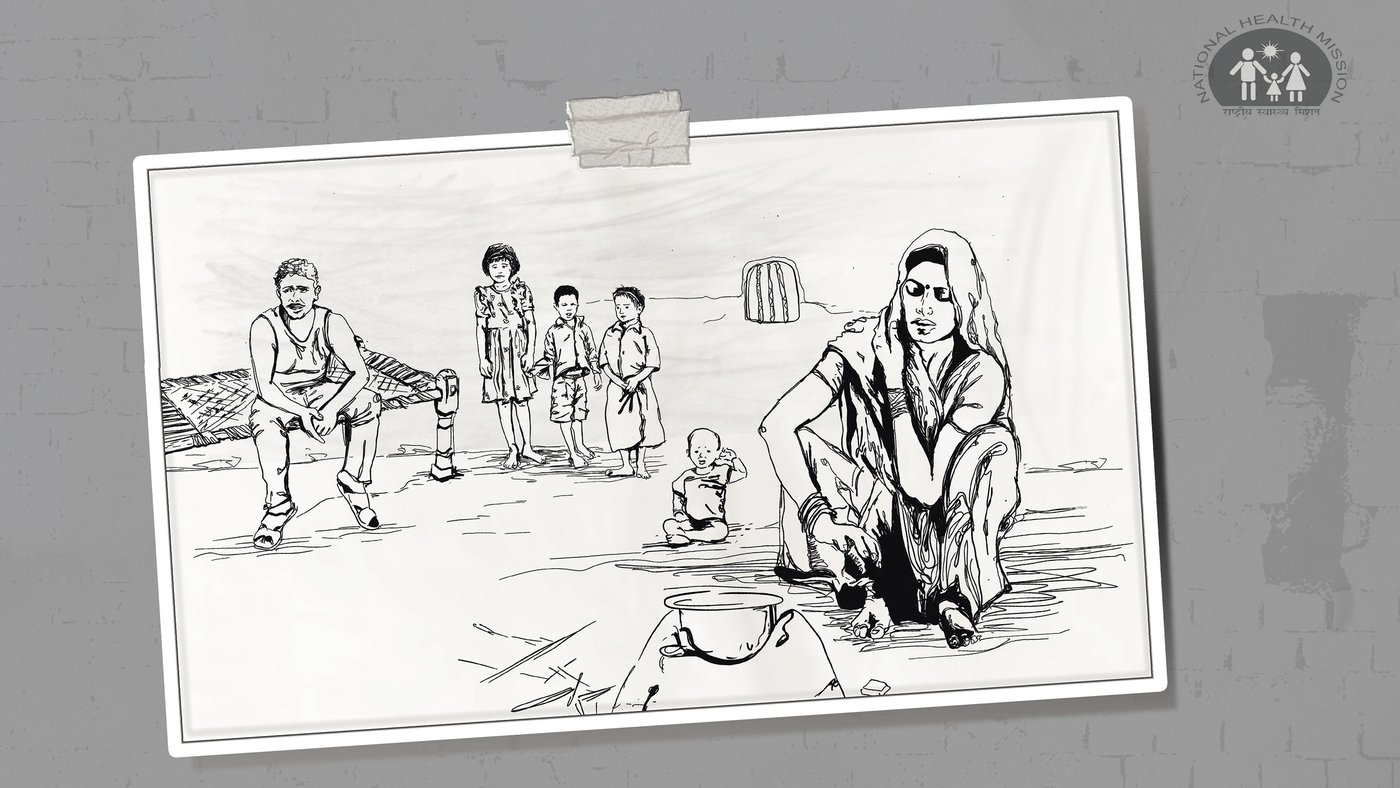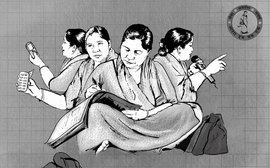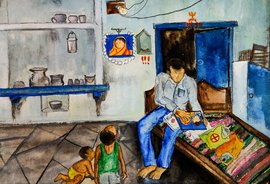In the morning, before her husband left for work, 24-year-old Neha Tomar (not her real name) had touched his feet. This was not a daily occurrence, but was reserved for days when she needed to step out of the house to do something significant. “Like when I go to my parents’ house,” said Neha, sitting in the compound of the community health centre (CHC) in Bhetua block.
Neha had come to this CHC in Amethi tehsil with her mother-in-law, who was cradling Neha’s fourth child, a three-month-old baby boy still to be named. They had come from Bhetuwa village in Uttar Pradesh’s Sultanpur district. Neha and her husband Akash (not his real name), an agricultural labourer, had finally decided they would have no more children. “ Itni to hamari marzi honi chahiye ,” Neha said, emphasising that the couple deserved a choice after four children who came in quick succession. Two girls aged five and four and a one-and-a-half-year-old boy had preceded this baby. “This one is also thanks to her,” Neha said, pointing to the grandmother in whose arms the infant slept.
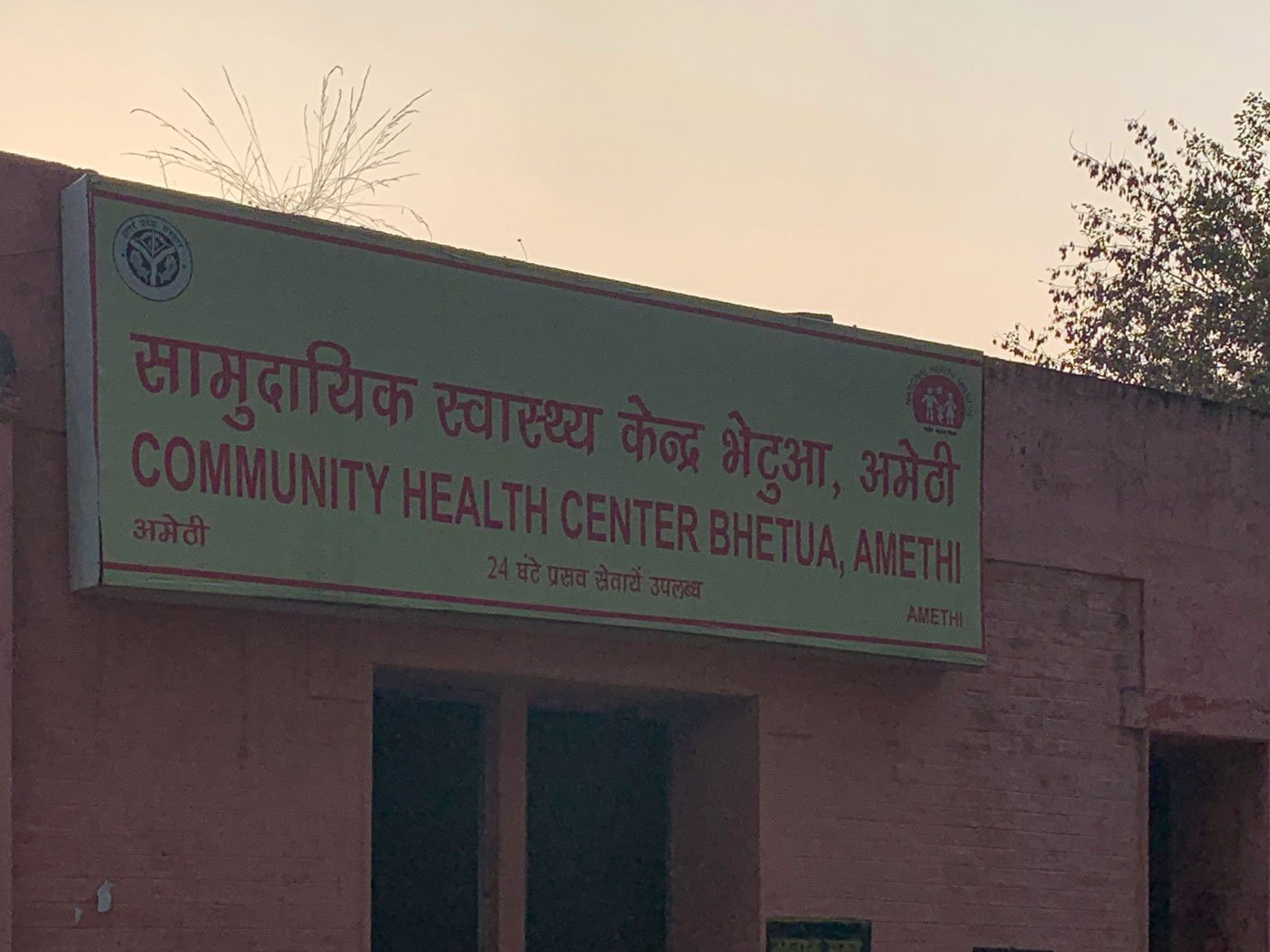
The camp approach to sterilisation gave way to 'fixed-day services' at CHCs
There had never been any talk of contraception or spacing of children through much of her six years of marriage. “No one told me anything when I got married, just that I have to listen to my husband and his family,” Neha said. Only after the first two pregnancies did she find out that if she avoided intercourse during the risky days (around ovulation), about two weeks after her period began, she could minimise the chances of another pregnancy. “I would fake a stomach ache or take longer to finish work at night, but soon my mother-in-law figured out what I was doing,” Neha added.
Traditional methods of contraception such as withdrawal, periodic abstinence and rhythm or safe-period tracking, as Neha had been doing, have been more prevalent in UP than in the rest of India. These methods accounted for 22 per cent of all contraception in the state, compared to just 9 per cent nationally, observes a 2019 paper in the journal Reproductive Health , drawing on data from the National Family Health Survey (NFHS-4, 2015-16) . In fact, just 50 per cent of currently married women in UP use modern methods of family planning such as condoms, the pill and sterilisation; the national average for this usage is 72 per cent, notes the paper.
It was only when things got difficult after an accident left Akash with a fractured leg, unable to work and earn, that Neha mustered up the courage to speak to her husband about getting an 'operation'. That’s the omnibus term for tubal ligation, the female sterilisation procedure that closes off a woman’s fallopian tubes, preventing her from getting pregnant. Still unconvinced, the mother-in-law had accompanied Neha to the hospital, but had not given up hope. “
Bhagwaan aur bachche ke beech mein kabhi nahin aana chahiye
[No one should come between god's will and conception],” she kept muttering to herself. Or perhaps to Neha and the 22 others who had gathered at the CHC from nearby villages such as Bandoiya, Naugirwa, Sanaha and Tikree.
It was barely 10 a.m. on a crisp November morning. Most of the women had reached by 9 a.m. More would come in as the day progressed. “About 30-40 come in on an average on mahila nasbandi (women's sterilisation) day, especially from October to March. They prefer to get the surgery done in these months. It’s cold, the stitches heal faster, taanke pakte nahin hain [there is less chance of infection],” says Dr. Abhimanyu Varma, the medical officer in charge of the Bhetua CHC.
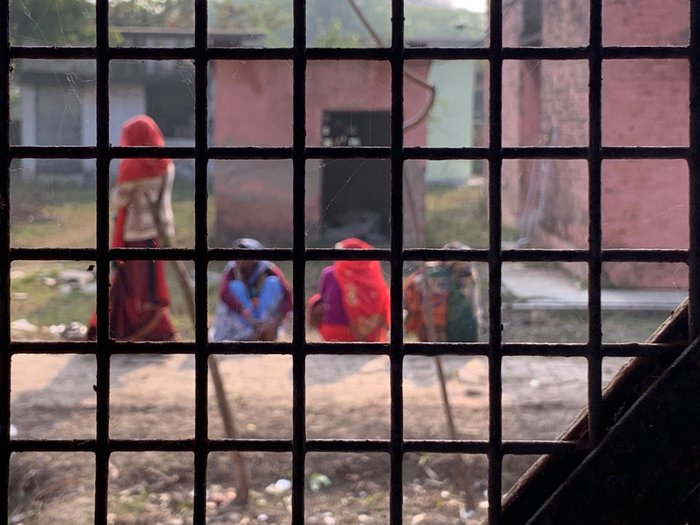
'About 30-40 come in on on mahila nasbandi day'
There was widespread outrage at the targeted 'camp' approach to sterilisation after the November 8, 2014, tragedy in Takhatpur block of Bilaspur district in Chhattisgarh. At the camp, 13 women died and many others were hospitalised
There was widespread outrage at the targeted 'camp' approach to sterilisation after the November 8, 2014, tragedy in Takhatpur block of Bilaspur district in Chhattisgarh. At the camp, 13 women died and many others were hospitalised after a surgeon from the district hospital conducted 83 assembly-line tubectomies within 90 minutes in an abandoned, unsterile building. The surgeon used a single laparoscope and no precautions for asepsis.
This was not the first such mass surgery camp with no regard for the women’s health. On January 7, 2012, in Kaparfora hamlet in Kursakanta block of Bihar’s Araria district, 53 women were sterilised in a school building – in torchlight and in similarly unhygienic conditions.
A public interest litigation filed by health rights activist Devika Biswas in 2012, following the Araria incident, culminated in a September 14, 2016, order from the Supreme Court directing the central and state governments to stop all camp-based mass sterilisations within three years, and to focus instead on strengthening health facilities and improving access to services under the family planning programme. During the hearings in the Supreme Court, evidence of poor quality care during sterilisation camps emerged from other states, including UP, Kerala, Rajasthan, Madhya Pradesh and Maharashtra.
Thereafter, the camp approach to sterilisation gave way to 'fixed-day services', which meant that women and men could come to particular CHCs on a specific day of the month if they wanted to undergo sterilisation. The hope was that this system would allow better monitoring and regulation of conditions. While the fixed-day was supposed to be a broad
nasbandi
day,men rarely came in for vasectomies, and so unofficially, the day came to be known as
mahila nasbandi
day.
And despite the court’s order, the focus of contraception has remained on sterilisation – mainly on female sterilisation.
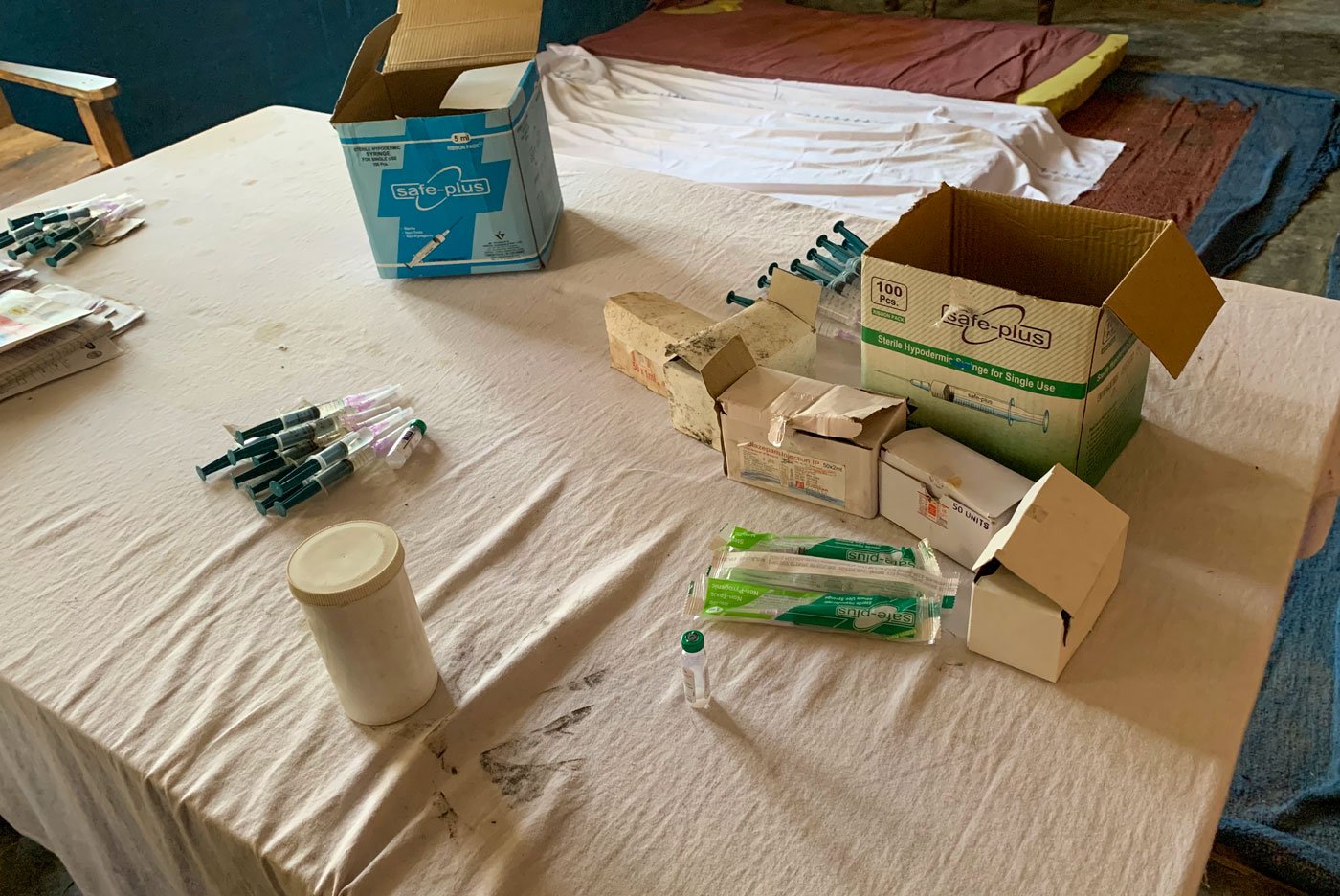
Medical supplies on a table in a CHC waiting room. The operating room had been prepared and was ready since earlier that morning
The National Health Mission's 2017
11th Common Review Mission
report states that 93. 1 per cent of all sterilisation procedures across India were performed on women. As recently as 2016-17, India spent
85 per cent
of its family planning funds on female sterilisation. And while use of the procedure declined in UP (compared to 1998-99), it remained the primary method, with 33 per cent of contraception users in high-fertility districts and 41 per cent of users in low-fertility districts preferring
mahila nasbandi
, notes the 2019 paper in
Reproductive Health
.
In Sultanpur district, the entire burden of conducting sterilisation procedures fell on two to three doctors. They would work according to a roster drawn up by the family planning coordinator at the tehsil or district level, and travel to hospitals and health centres spread across 12 to 15 blocks. Each CHC would be able to hold a nasbandi day roughly once a month, where men and women could undergo the procedure.
On one such day at the Bhetua CHC, it was clear that the limited number of days designated for women's sterilisation is inadequate to meet the demand for the procedure. By 4 p.m., when the surgeon on roster finally arrived, held back by a government Swasthya Mela he had to attend, the number of patients had gone up to 30. Two women were told to go back as they were found pregnant after initial check-ups.
A room, an operation theatre of sorts at the far end of the building, had been kept ready all afternoon. The sun streamed in through thin curtains on a large window, but it felt cold. Three 'operating tables' were lined up in the middle of the room. They were tilted at an angle, higher on one side, supported by bricks, to help surgeons get easier access during surgery.
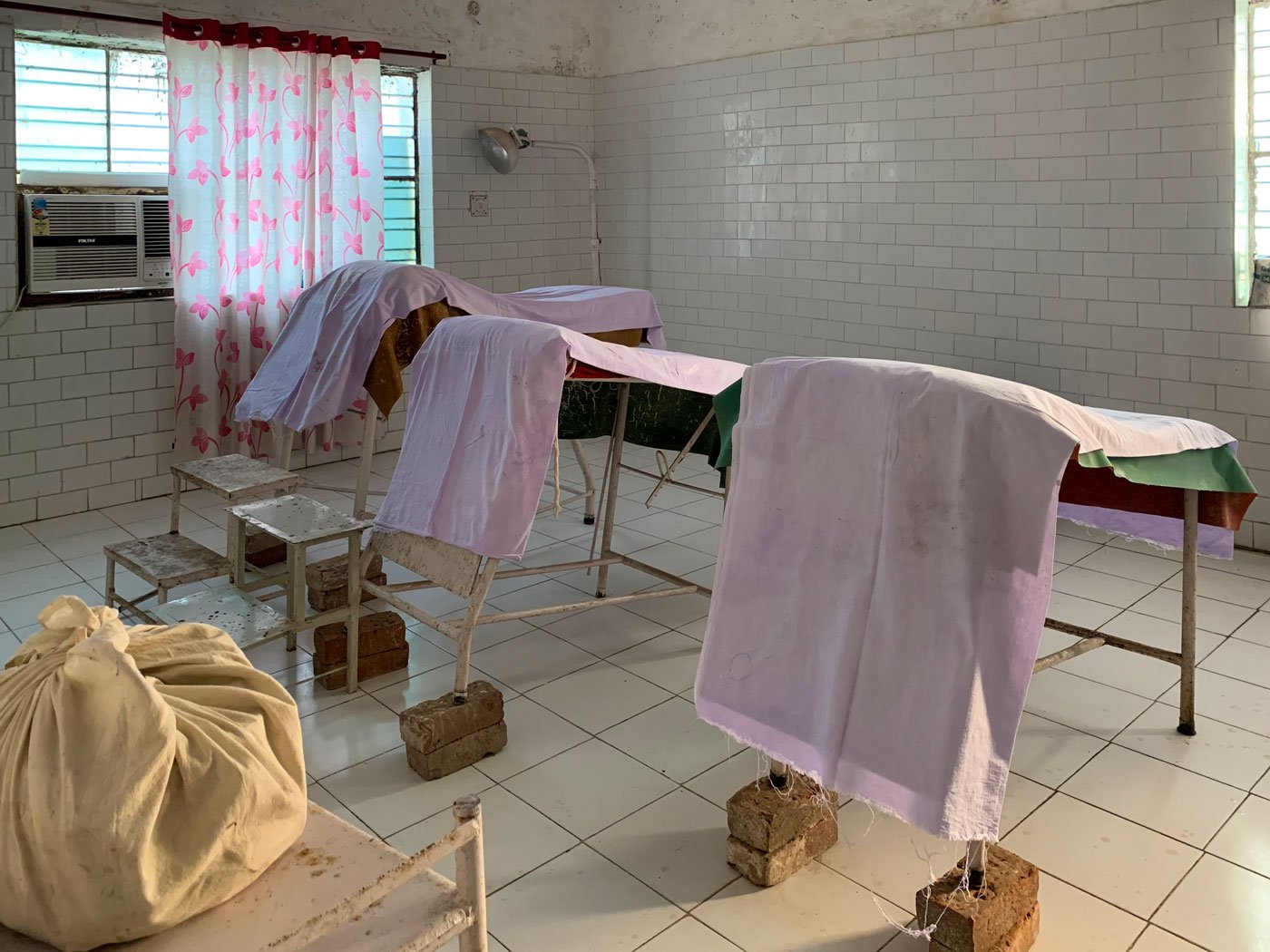
An 'operation theatre' at a CHC where the sterilisation procedures will take place, where 'operating tables' are tilted at an angle with the support of bricks to help surgeons get easier access during surgery
“In medical school we had learnt about operation tables with the Trendelenburg facility. They can be tilted. I am yet to see one in my five years here, so we do this,” Dr. Rahul Goswami (not his real name) said, pointing to the bricks. “There can be complications that arise from wrong postures during surgery,” he added.
Neha was among the first three women to be brought into the room for the surgery. Her mother-in-law was told to wait outside. None of the three women had ever used any modern methods of contraception. Neha was aware of them at least, but wary of using them. “I know about them, but the pills give nausea and the copper-T feels scary. It’s a long rod,” she said, referring to the intrauterine device (IUD).
The accredited social health activist (ASHA), Deeplata Yadav, who had accompanied the other two women, smiled at this. “It’s the most common thing you will hear when you tell them about the copper IUD. Although the device inside is so small and T-shaped, the packaging is long, so they feel the full thing will be inserted,” Yadav said. Her job here is done for the day and she will get the incentive amount of Rs. 200 for each woman she has brought for the procedure, but Yadav stays on longer, helping the two women climb on to the bed and waiting for the anaesthesia to take effect.
Once on the operating tables, you could not tell one woman from another. Their heads tilted with fear and weariness as the doctor went to each table, one by one. The procedure had forced them all into a room in the most intimate of ways. But there was no time to think about any of this. The door to the operating room was open and shut many times even as the procedures were going on, offering little privacy to the women.
The room pulsed with their breathing and the clank of equipment. An attendant checked their position and adjusted their sarees so that the doctor would have a clear incision.
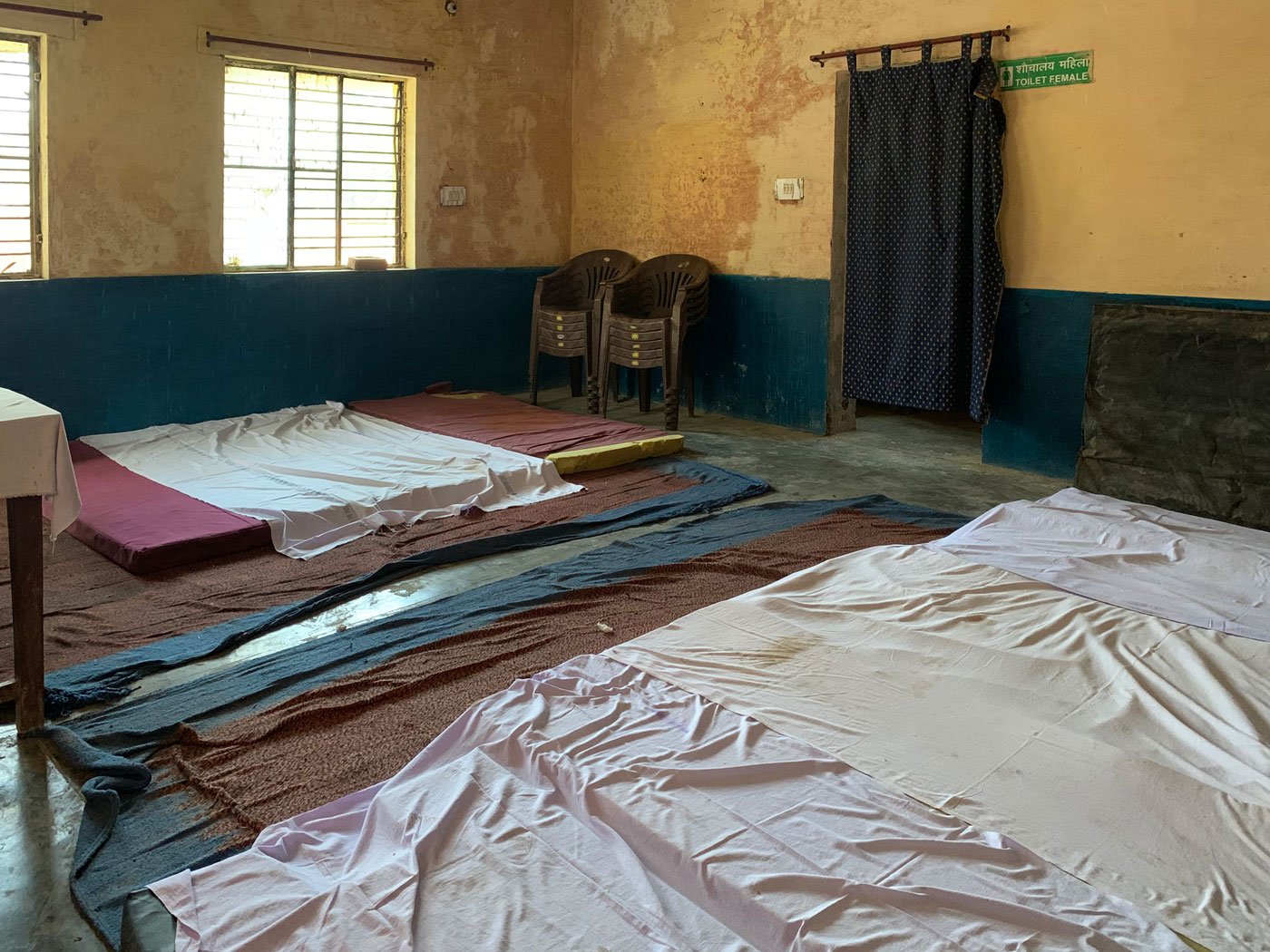
The women who have undergone the procedure rest here for 60 to 90 minutes before an ambulance drops them to their homes
“At all three stages of the sterilisation procedure, including making the incision, closing it and working on the fallopian tubes with laparoscopic equipment, proper lighting is essential,” Goswami said. The bright afternoon light had given way to a weak sun inching towards dusk. The light in the room seemed inadequate, but no one switched on the standing emergency lights.
In less than five minutes, one procedure was completed and the doctor moved to the next table. “
Ho gaya
, done!” he said, a cue to the attendant and ASHA worker to help the woman down from the table and get the next group ready.
In an adjoining room, mattresses were laid out. The yellow walls had stains from damp and algae. A dank smell emanated from the toilet next door. Once the procedure was completed, Neha was brought in to lie down and recover before an ambulance dropped her and the others home. She was disoriented even when she climbed on to the ambulance a half-hour later. Partly because it was all done so quickly, and partly because she had not been completely anaesthetised.
When she reached home, flanked by her mother-in-law, Akash was waiting for them. “Men expect their mother, their wife, their children, their dog to be waiting at home when they arrive, not the other way around,” the mother-in-law remarked. And moved straight to a tiny corner of the house that was the kitchen to make some tea for Neha.
“It was paining, even after the injection,” she said, holding on to her stomach where a square piece of bandage covered the incision.
Two days later, Neha was back in the kitchen, sitting on her haunches and cooking. The bandage was still there, the discomfort clear on her face, and the stitches were yet to heal. “ Par jhanjhat khatam [the problem is solved],” she said.
PARI and CounterMedia Trust's nationwide reporting project on adolescent girls and young women in rural India is part of a Population Foundation of India-supported initiative to explore the situation of these vital yet marginalised groups, through the voices and lived experience of ordinary people.
Want to republish this article? Please write to [email protected] with a cc to [email protected]
